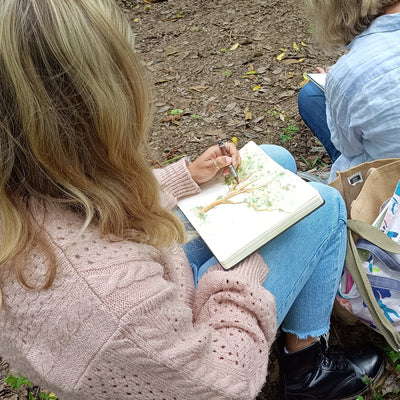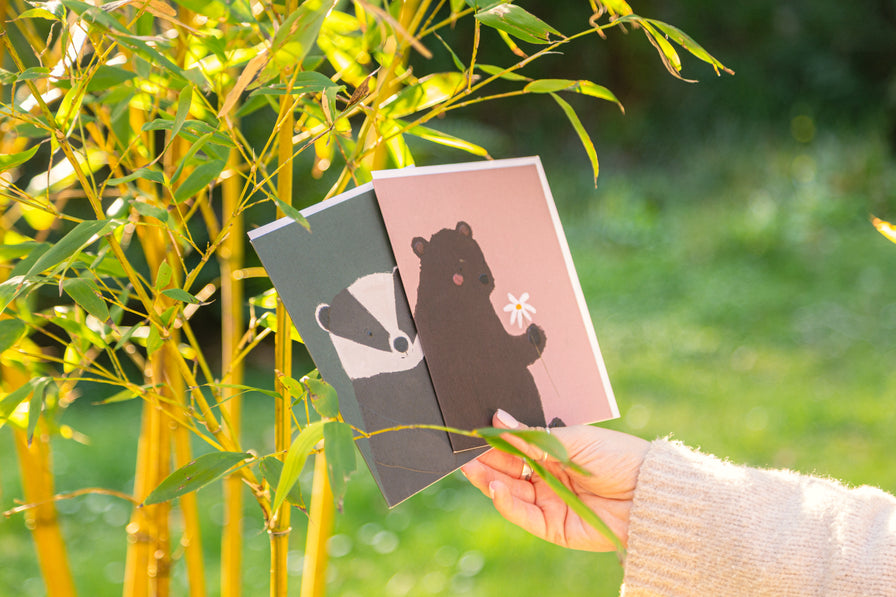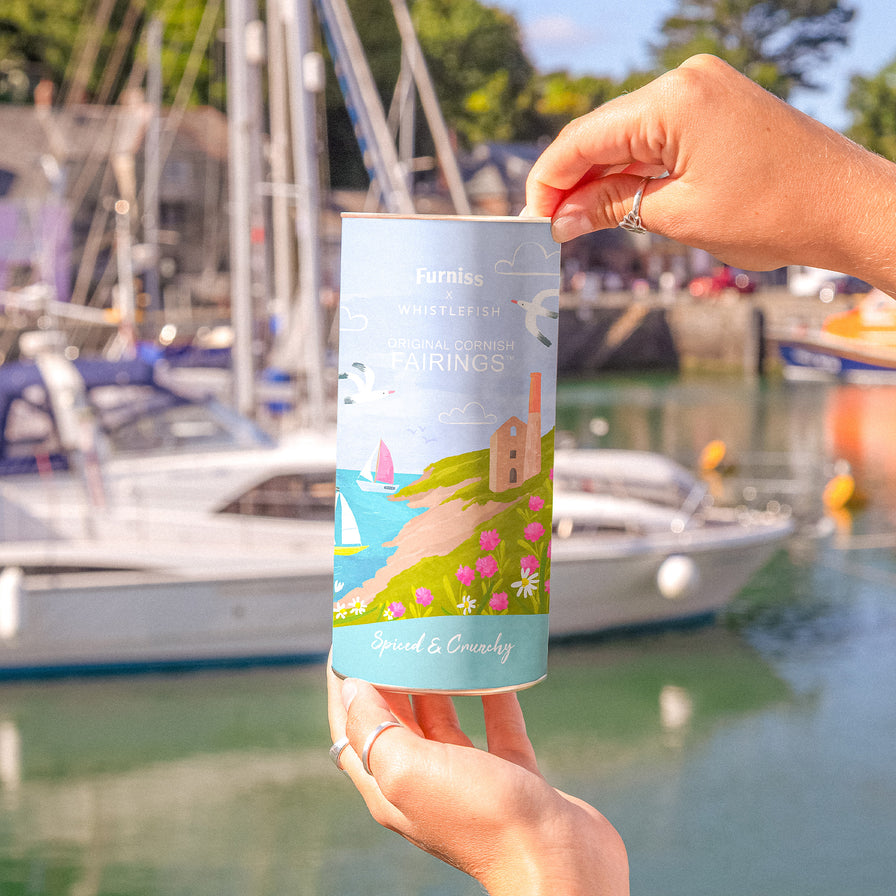Benefits Of Planting Trees For The Environment
Many people decide to enrich their gardens by planting trees. Most of them do it for beauty or to provide extra shade in the summer months. However, there are more benefits from trees than you might think. Except for relaxing, connecting us with nature and their calming effect, trees do a lot when it comes to the environment. Here are just a few of the ways that trees are a ‘green' part of our world.

Carbon eaters
Annually, an acre of trees absorbs the amount of carbon dioxide equal to driving your car 26000 miles. As a tree matures, it can consume 48 pounds of carbon dioxide per year (among other greenhouse gases like ozone).
Agriculture helpers
Trees are also one of the best partners when it comes to agriculture. They act positively in several ways: they reduce soil erosion, increase fertility and help soil obtain moisture. Fallen tree leaves lower reduce soil temperature and prevent soil from losing too much moisture. Decaying leaves that fall onto the ground turn into nutrients for tree growth and promote microorganism development.
Wildlife supporters
Trees provide a fantastic ecosystem for animals, insects, and other life. Trees are an important part of many ecosystems. They are not just part of the carbon cycle, but also a home and a food source for many critters. In fact, many animals have a preferred type of tree that they call home, which means every tree is a potential life-saver to certain species.
Energy savers
Not only do they positively influence agriculture and consume CO2, trees are cooling cities by up to 10 F by providing shade and releasing water. The significance of the shade provided by trees cannot be understated. When shade is cast on an office building or home, internal temperatures can drop 8–10°F. Some estimates say the shade from a single tree can save the same amount of energy it takes to power 10 room-sized air conditioners for 20 hours a day!
Water absorbers
Trees have an incredible ability to absorb and retain water. As rainwater falls, much of it gets picked up by trees, preventing it from ending up in storm drains. On average, a mature tree in a city can absorb up to 1,000 gallons of rainfall every year that would otherwise need to be pumped and filtered, requiring additional energy.
There are currently about 3tn trees in the world, which is about half the number that existed before the rise of human civilisation, and we still have a net loss of about 10bn trees a year.
An analysis found there are 1.7bn hectares of treeless land on which 1.2tn native tree saplings would naturally grow. That area is about 11% of all land and equivalent to the size of the US and China combined. There is room for an extra 0.9 billion hectares of canopy cover, which could store 205 gigatons of carbon. If we cannot deviate from the current trajectory, the global potential canopy cover may shrink by ~223 million hectares by 2050.

Planting billions of trees across the world is one of the biggest and cheapest ways of taking CO2 out of the atmosphere to tackle the climate crisis, according to scientists. Tree planting to action emission reduction is a solution that is available now, it’s cheap, and every one of us can get involved. We could all make a tangible impact by growing trees ourselves and/or donating to forest restoration organisations.

Whistlefsh Journal
All blogs are created by our wonderful in-house team.

Our Offers
Discover































